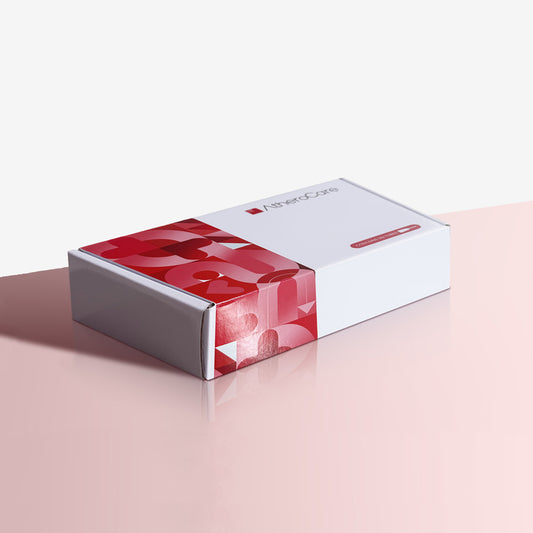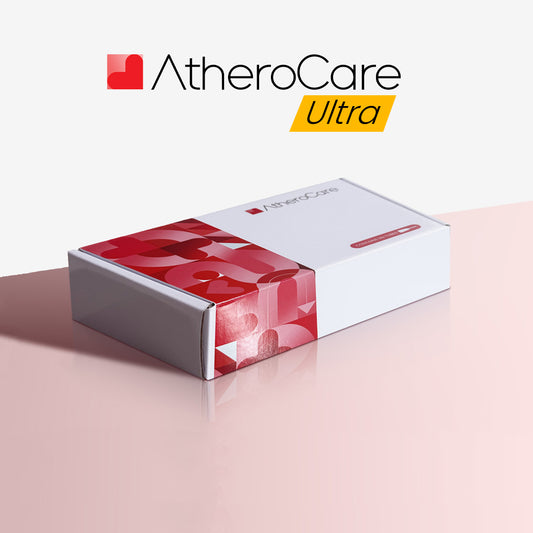Cost Advantages of Cyclodextrin Over Traditional Options.
Atherosclerosis, a condition characterized by plaque buildup in the arteries, is one of the leading causes of heart disease, strokes, and other cardiovascular complications. While traditional treatments such as statins, surgical interventions, and invasive procedures can be effective, they often come with high financial costs. Cyclodextrin, an emerging alternative, offers a promising and potentially more affordable way to manage and reduce arterial plaque. Below, we compare the potential cost advantages of cyclodextrin versus conventional treatments for atherosclerosis.
1. Lower Long-Term Medication Costs
Traditional atherosclerosis treatments often rely on lifelong medication use, which can be costly over time.
- Statins and cholesterol-lowering drugs: While effective at reducing LDL cholesterol, these medications must often be taken indefinitely, leading to monthly prescription costs that accumulate over a lifetime.
- Other heart medications: Many individuals with atherosclerosis also require blood thinners, beta-blockers, or ACE inhibitors, further increasing medication expenses.
- Potential side effect management: Statins and other cholesterol-lowering drugs can cause side effects, such as muscle pain or liver issues, requiring additional medical visits and treatments.
Cyclodextrin, on the other hand, works by dissolving existing cholesterol deposits rather than just lowering cholesterol levels in the bloodstream. As a result, it may reduce the need for lifelong medication use, offering a more cost-effective solution.
2. Avoiding Expensive Surgical Procedures
For individuals with severe arterial blockages, surgical interventions such as angioplasty, stent placement, or bypass surgery are often recommended. These procedures can be extremely expensive:
- Angioplasty & Stent Placement: The cost of a single procedure can range from $10,000 to $50,000, depending on hospital fees, doctor charges, and aftercare.
- Bypass Surgery: A more invasive option, bypass surgery can cost between $70,000 and $200,000, not including rehabilitation and follow-up care.
- Hospital Stays & Recovery Costs: Patients undergoing these procedures may require extended hospital stays, physical therapy, and additional follow-up treatments, all of which add to the total cost.
Cyclodextrin offers a non-invasive alternative, potentially reducing or delaying the need for costly surgical interventions by helping to clear plaques naturally.
3. Fewer Doctor Visits & Diagnostic Tests
Managing atherosclerosis traditionally requires regular doctor visits, blood tests, imaging (such as CT angiograms or echocardiograms), and specialist consultations. The costs associated with ongoing monitoring can quickly add up, particularly for those who require frequent cardiovascular assessments.
Since cyclodextrin works to dissolve existing plaques and improve arterial health, individuals using it may experience less disease progression, reducing the frequency of expensive cardiac checkups and diagnostic tests over time.
4. Minimizing Costs Associated with Complications
Atherosclerosis-related complications, such as heart attacks and strokes, are among the most expensive medical events a person can experience:
- Heart Attack Treatment Costs: Hospitalization for a heart attack can range from $20,000 to $200,000, depending on the severity.
- Stroke Rehabilitation Costs: Strokes can lead to long-term disability, requiring rehabilitation, medications, and ongoing care, often costing thousands per month.
- Chronic Care & Assisted Living: Severe cardiovascular disease can lead to long-term disability, increasing the need for assisted living, home health care, or rehabilitation services.
By potentially reducing arterial inflammation and preventing plaque buildup, cyclodextrin may lower the likelihood of these costly medical emergencies, making it a financially smart option in the long run.
5. Potential Reduction in Health Insurance Premiums & Out-of-Pocket Expenses
Individuals with a history of heart disease or atherosclerosis often face higher health insurance premiums due to their increased risk of medical events. Additionally, out-of-pocket expenses for deductibles, co-pays, and uncovered treatments can be significant.
If cyclodextrin helps improve cardiovascular health and reduces the need for expensive medical interventions, it may contribute to lower overall healthcare costs for individuals over time, potentially leading to reduced insurance expenses as well.
Conclusion: Cyclodextrin as a Cost-Effective Heart Health Solution
While traditional treatments for atherosclerosis remain essential, they come with significant financial burdens. Cyclodextrin presents a potentially more affordable alternative by helping to dissolve arterial plaque, reduce inflammation, and prevent costly medical procedures and complications.
By investing in cyclodextrin as part of a heart health strategy, individuals may reduce their long-term medical expenses, avoid invasive surgeries, and improve overall cardiovascular well-being without the high costs associated with conventional treatments. As more research emerges, cyclodextrin could become an increasingly valuable tool for both heart disease prevention and financial savings.







